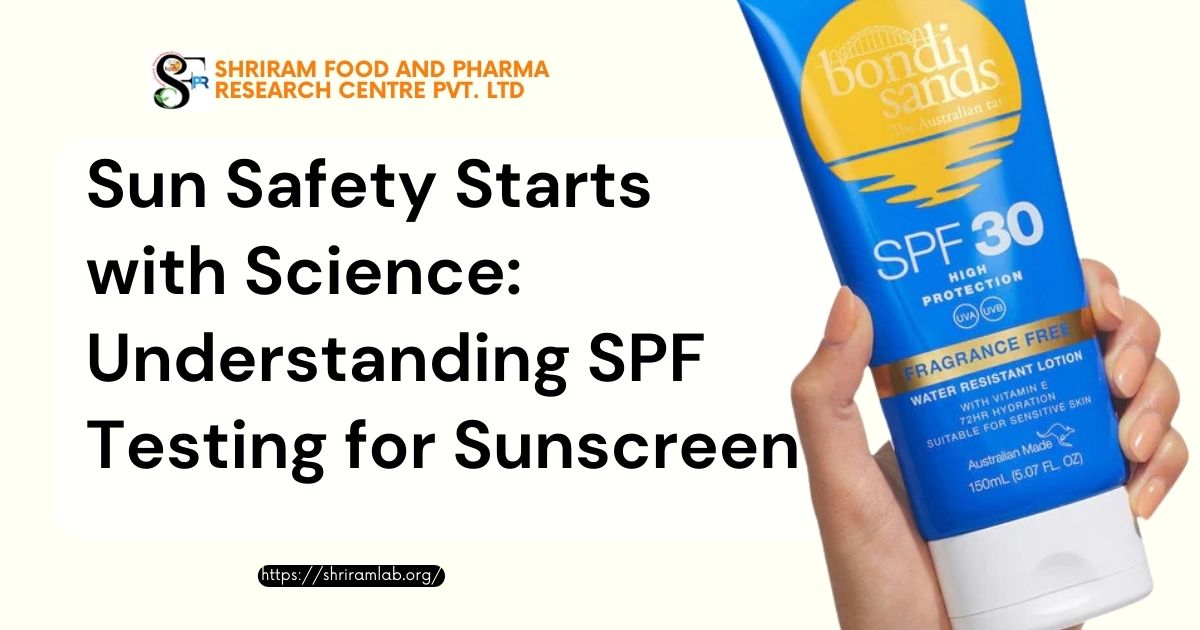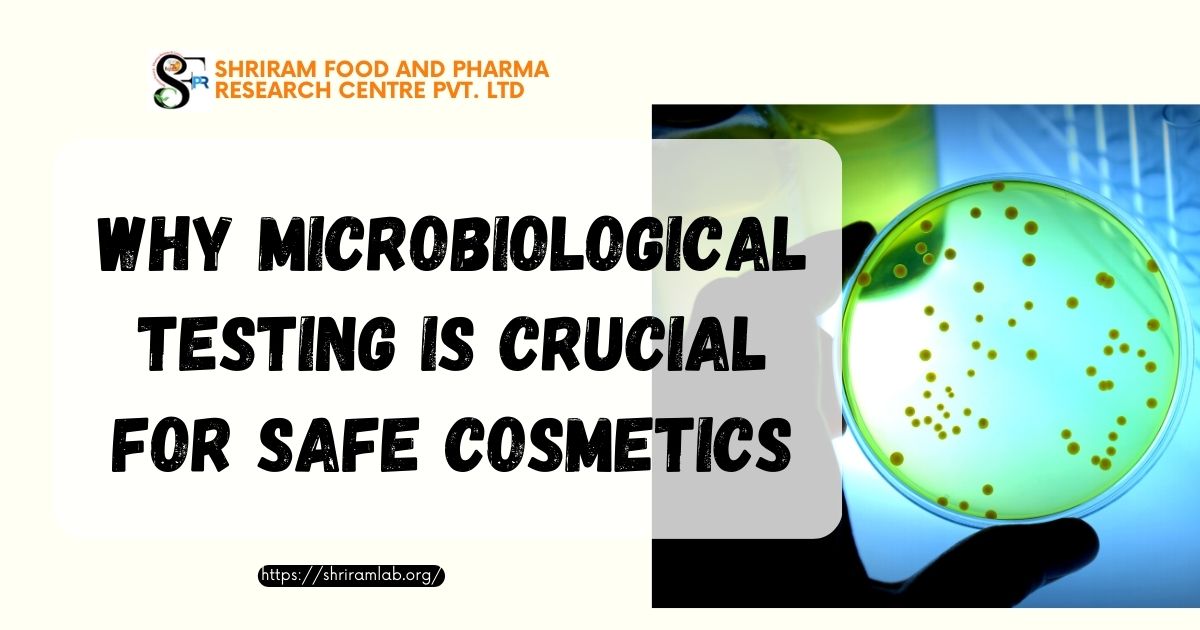Quality control testing plays a crucial role in ensuring the safety, efficacy, and quality of pharmaceutical products. These tests are conducted at various stages of the manufacturing process to meet regulatory requirements and maintain high standards. Here are some important types of quality control testing in pharmaceutical industries:
1. Raw Material Testing: –
Identification and verification of raw materials used in drug manufacturing. – Testing for purity, potency, and quality of active pharmaceutical ingredients (APIs). – Evaluation of excipients for their suitability and compatibility with the drug formulation.
2. In-process Testing: –
Monitoring and analysis of critical parameters during the manufacturing process. – Ensuring that the process is carried out according to standard operating procedures (SOPs) and Good Manufacturing Practices (GMP). – Testing for uniformity, dissolution, and content of the drug substance.
3. Finished Product Testing: –
Comprehensive analysis of the final product before it is released for distribution. – Verification of identity, strength, purity, and stability of the finished drug product. – Testing for impurities, contaminants, and degradation products.
4. Dissolution Testing: –
Assessment of the rate at which a drug substance dissolves in a specified medium. – Ensures that the drug is released and absorbed properly in the body. – Helps determine the bioavailability of the drug and its formulation effectiveness.
5. Stability Testing: –
Evaluation of the shelf life and storage conditions of pharmaceutical products. – Testing for degradation, changes in physical appearance, and potency over time. – Determines appropriate storage conditions to maintain product quality.
6. Microbiological Testing: –
Detection and identification of microorganisms in pharmaceutical products. – Ensures that the product is free from harmful bacteria, fungi, and other contaminants. – Testing for sterility, endotoxin levels, and microbial limits.
7. Packaging Testing: –
Examination of packaging materials for their integrity and compatibility with the product. – Testing for moisture barrier properties, light protection, and child-resistant features. – Ensuring that the packaging maintains the quality and stability of the drug.
8. Method Validation: –
Verification of analytical methods used for quality control testing. – Ensuring that the methods are accurate, precise, and reliable. – Validation includes testing for specificity, linearity, range, and robustness.
9. Environmental Monitoring: –
Regular monitoring of the manufacturing environment for cleanliness and control of contaminants. – Testing for airborne particles, microbial contamination, and temperature and humidity control. – Helps maintain a controlled environment to prevent product contamination.
10. Audit and Compliance Testing: –
Internal and external audits to ensure compliance with regulatory requirements. – Testing to verify adherence to GMP guidelines and industry standards. – Evaluation of documentation, procedures, and quality systems. Quality control testing is essential to maintain the safety, efficacy, and quality of pharmaceutical products. It ensures that the drugs produced meet the required standards and are safe for consumption.
By conducting these various types of testing, pharmaceutical industries can ensure that their products are of the highest quality and meet the expectations of regulatory authorities and consumers alike. Remember, quality control testing is an ongoing process that requires continuous monitoring and improvement to meet the evolving standards and regulations in the pharmaceutical industry.





